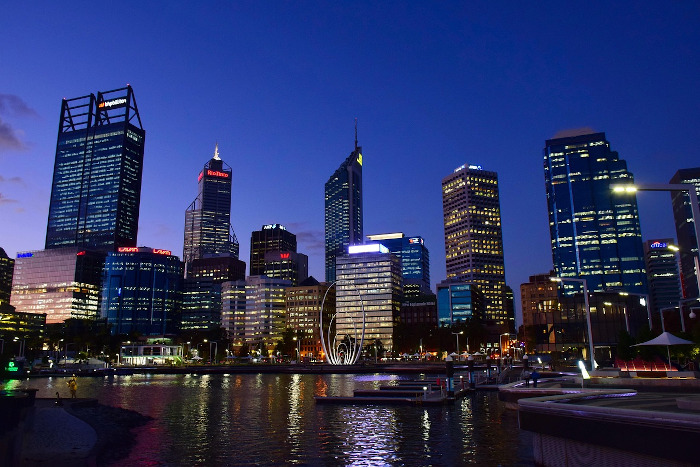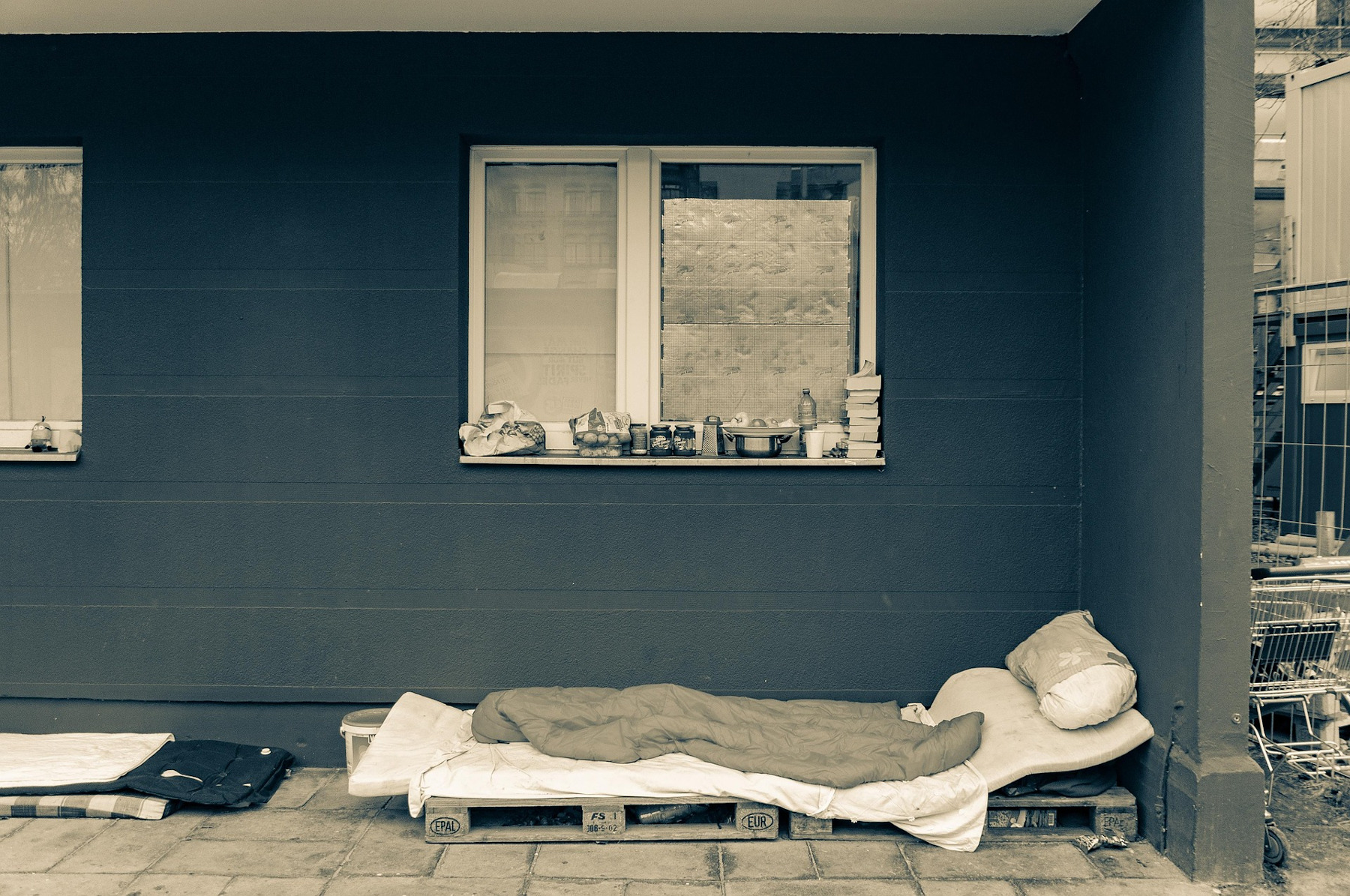Number Of Homeless People In Australia
It is projected to be 127,680 homeless people in Australia in 2025. Based on 122,494 in 2021 (ABS data) and 1.04% year by year increase between 2016 and 2021 (ABS data).
On Census night in 2021, over 122,000 people in Australia were estimated to be experiencing homelessness.
According to the ABS of these, 21% were aged between 25 and 34, and 20% identified as Aboriginal and Torres Strait Islander people. The highest rate of homelessness was recorded in the Northern Territory, with 564 people per 10,000 experiencing homelessness. In contrast, Western Australia had the lowest rate, at 37 per 10,000.
At the time, approximately 47,900 individuals (39%) were living in severely overcrowded housing. Around 24,300 people (20%) were in supported accommodation for the homeless, while about 7,600 people (6.2%) were sleeping rough, without any form of shelter.
In Queensland alone, homelessness rose over 22% over the last 5 years, out of those 37% were aged between 12-25 years of age.
Currently in the Ipswich region 415 young people experience homeless
Types Of Homelessness
There is no single definition of homelessness.
The Australian Bureau of Statistics (ABS) defines homelessness, for the purposes of the Census of Population and Housing, as the lack of one or more elements that represent ‘home’.
The ABS statistical definition of homelessness is ‘… when a person does not have suitable accommodation alternatives they are considered homeless if their current living arrangement:
- is in a dwelling that is inadequate;
- has no tenure, or if their initial tenure is short and not extendable; or
- does not allow them to have control of, and access to space for social relations’.
| Type of homelessness | Number |
|---|---|
| People living in improvised dwellings, tents, or sleeping out (rough sleepers) | 7,636 |
| People in supported accommodation for the homeless | 24,291 |
| People staying temporarily with other households | 16,597 |
| People living in boarding houses | 22,137 |
| People in other temporary lodgings | 3,934 |
| People living in ‘severely’ crowded dwellings | 47,895 |
| All homeless persons | 122,494 |
Homelessness By Gender
According to the ABS 2021, figures highlight that while homelessness affects both men and women, it is more commonly experienced by men. Data shows that men accounted for 55.9% of the total population without stable housing with women represented at 44.1%.
Homelessness By State
According to the ABS, rates of homelessness varied across states and territories in 2021. Western Australia recorded the lowest rate at 37 people experiencing homelessness per 10,000 population. New South Wales, Victoria, Queensland, South Australia, and Tasmania reported similar rates, ranging from 42 to 47 per 10,000. The Northern Territory had the highest rate by a significant margin, with 564 people per 10,000 experiencing homelessness.
Between 2016 and 2021, the rate of homelessness decreased in New South Wales, Queensland, the Northern Territory, and the Australian Capital Territory. In contrast, rates increased in Victoria, South Australia, Western Australia, and Tasmania.
*Rates of people experiencing homelessness by state/territory, 2006 to 2021
| Rates* | ||||
|---|---|---|---|---|
| 2006 | 2011 | 2016 | 2021 | |
| NSW | 34 | 40 | 50 | 43 |
| VIC. | 35 | 42 | 42 | 47 |
| QLD | 48 | 44 | 46 | 44 |
| SA | 37 | 36 | 37 | 42 |
| WA | 42 | 41 | 36 | 37 |
| TAS | 24 | 31 | 32 | 42 |
| NT | 792 | 724 | 600 | 564 |
| ACT | 30 | 49 | 40 | 39 |
| Australia | 45 | 48 | 50 | 48 |

Queensland (QLD)
According to the Queensland Council of Social Service (QCOSS), homelessness in Queensland has increased by 22% since 2017, significantly higher than the national rise of 8%. This growth has been especially pronounced in regional Queensland, where demand for specialist homelessness services rose by 29% over the past five years.
Certain groups have experienced particularly rapid increases in homelessness. These include older adults aged 55 and over (a 6% rise between 2016–17 and 2020–21), individuals affected by mental ill health (4.1%), and people recently released from prison (3.6%).
Homelessness is most concentrated in Brisbane’s inner city and in remote communities across outback Queensland.
New South Wales (NSW)
The ABS shows that in New South Wales (NSW), 35,011 people were experiencing homelessness in 2021, a 7.2% decrease from 37,715 in 2016. However, despite the overall reduction, several groups recorded notable increases:
- Aboriginal and Torres Strait Islander people: Increased by 10% (from 2,278 in 2016 to 2,508 in 2021)
- Children under 12: Increased by 6.8% (from 3,963 in 2016 to 4,232 in 2021)
- Youth aged 12–18: Increased by 3.7%, with 2,777 individuals recorded in 2021
Homelessness also rose in several regional areas of NSW between 2016 and 2021:
- Capital Country (e.g. Queanbeyan, Goulburn, Batemans Bay): Increased by 15.4% (from 656 to 757)
- Hunter Valley (excluding Newcastle): Increased by 32.5% (from 539 to 714)
- Mid North Coast: Increased by 25.9% (from 683 to 860)
- Murray region: Increased by 31.4% (from 231 to 337)
Australian Capital Territory (ACT)
According to the ABS, the rate of people sleeping rough in the Australian Capital Territory (ACT) was 1.3 per 10,000 in the 2021 Census, which is lower than the national rate of 3 per 10,000. This figure represents the second lowest rate of rough sleeping among all states and territories.
The ACT’s rate also shows a slight improvement compared to the 2016 Census, when the rate was 1.4 per 10,000.

Victoria
According to the Department of Families, Fairness and Housing (DFFH), an estimated 1,100 people are sleeping rough across Victoria on any given night. This includes individuals staying in locations such as city streets, parks and gardens, carparks, sporting grounds, bushland, and coastal reserves.
Accurately measuring the number of people sleeping rough is challenging, as the population is often hidden and highly mobile. However, available evidence indicates a significant increase in rough sleeping across the state in recent years.
Between 2011–12 and 2016–17, there was a 72% rise in the number of people reporting rough sleeping when first seeking assistance from specialist homelessness services. This trend reflects broader increases in homelessness across both Victoria and Australia, along with growing demand for support. In Victoria alone, more than 100,000 people now access specialist homelessness services each year.
Tasmania (TAS)
According to the Hobart City Council 1,692 people in Tasmania didn’t have a proper home. The 2021 Census is expected to show that the number has gone up even more. In December 2021, there were 388 people in Tasmania with no housing at all. But most people without a home aren’t sleeping on the streets.
South Australia (SA)
According to the ABS, more than 6,000 people experience homelessness each night in South Australia. Additionally, over 30,000 individuals are currently on the State’s social housing waiting list.
The 2021 Census recorded 7,428 people experiencing homelessness in South Australia, representing a 19.3% increase since the 2016 Census. This rise highlights growing pressure on housing and support services across the state.
Western Australia (WA)
According to the Western State Government, the overall rate of homelessness in the state, as recorded in the Census, decreased between 2011 and 2016. However, when broken down by type, the data shows that the rate of primary homelessness was people sleeping rough, was higher in Western Australia at 4.4 per 10,000 people, compared to the national rate of 3.5 per 10,000.
A particularly significant statistic is the over-representation of Aboriginal people within the homeless population. On Census night, Aboriginal people made up 29.1% of those experiencing homelessness in Western Australia, despite representing only 3.7% of the state’s total population.

Northern Territory (NT)
According to the Australian Parliament House (APH), the most reliable data on the prevalence of homelessness in Australia and the Northern Territory (NT) comes from the 2016 Census. Although the NT accounts for just 1% of Australia’s total population, it represented 12% of the nation’s homeless population at that time.
Key findings from the 2016 Census include:
- The NT recorded a homelessness rate of 599.4 per 10,000 people, 12 times higher than the national rate of 49.8 per 10,000.
- The NT had at least double the national rate of homelessness across all Census homelessness operational groups.
- Severe overcrowding (defined as requiring four or more additional bedrooms) accounted for the majority (81%) of homelessness in the NT.
- The rate of severe overcrowding in the NT was 483.5 per 10,000, significantly higher than the national rate of 21.8 per 10,000.
- Even when excluding the severely overcrowded group, the NT’s homelessness rate remained high at 115.9 per 10,000, compared to the national rate of 27.9 and Queensland’s 29.9, the next highest among the states and territories.
Conclusion
Homelessness in Australia is projected to continue rising, which highlights the importance of our mission. Hannah’s House provides crisis accommodation and mobile support to young women in Ipswich, Queensland, who are experiencing homelessness or are at risk of becoming homeless.
We offer a safe, supportive, and empowering environment where young women can find refuge during difficult times. Throughout their stay, our dedicated staff work closely with each individual to help them build a positive outlook and take steps toward a brighter, more stable future.
Hannah’s House connects clients with local support networks tailored to their specific needs and, where appropriate, helps rebuild connections with family members. In addition, we offer a range of services designed to support young women in setting personal goals, developing life skills, and working towards independent and sustainable living.

Need Help?
Hannah’s House has been helping young women since 1982. We believe that everyone is important and deserves a chance to make their life better, no matter what type of situation they’re in.
Want To Help?
There is more than one way to help. While money donation is the easiest, you can contact us for other help options, such as clothing and other donations.
